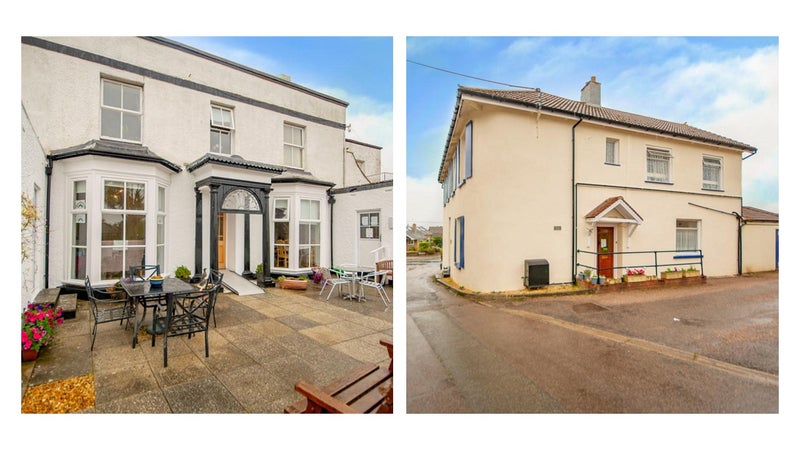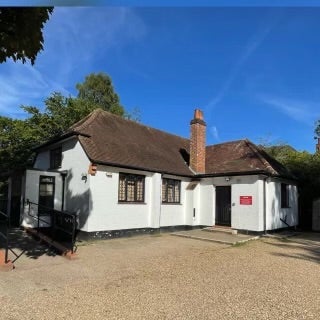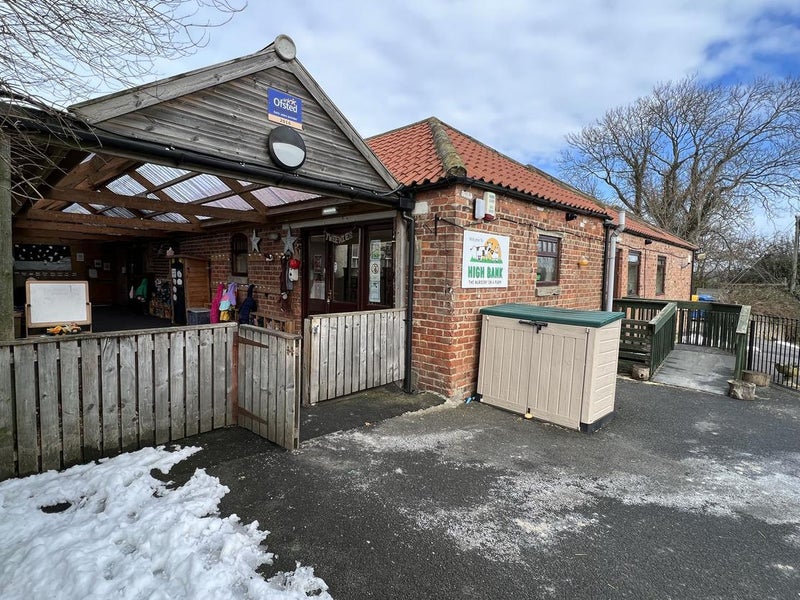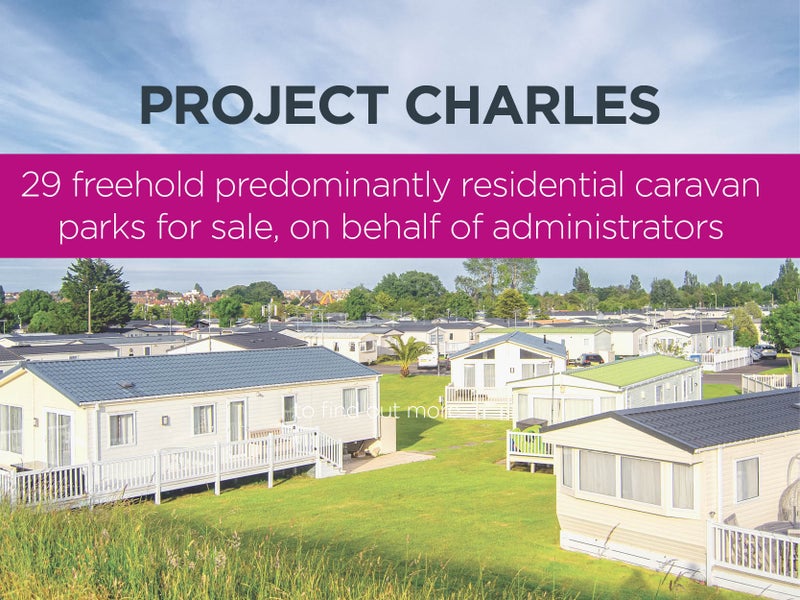Is extended-stay the new panacea for the hotel industry?
Positioned somewhere between hotels, independent short-term let accommodation and corporate housing, serviced apartments and aparthotels are getting traction and many traditional hotel key players now want their share of the pie.

While this asset class has been popular with corporate users for some time in other parts of the world, with Fraser serviced apartments launched in Singapore in 1998, they started to sprout later in Europe as hotel groups are launching extended-stay brands and specialised operators are expanding their covenants. Opportunities in this segment are strong in the UK as it remains rather fragmented, and London is still undersupplied compared to other global cities such as New York and Hong Kong, with extended-stay accommodation currently accounting for c.7.5% of total accommodation in the city according to AM:PM Hotels.
Key players in the UK include BridgeStreet and their six brands, IHG’s Staybridge Suites aparthotel product, Oaktree Capital Management’s European serviced apartment platform, SACO, which launched a lifestyle-led aparthotel brand, Locke last year, the Irish group Staycity, Go Native, with eight properties in London amongst others, as well as Adagio, Merlin Apartments and luxury Cheval Residences. These groups navigate between serviced apartments and aparthotels, terms which are often misused.
Serviced apartments tend to be similar to traditional residential flats - hence, represent very good conversion opportunities. Staffing requirements are minimal as they sometimes offer a 24hr reception but no food and beverage facilities, appealing to one-night stays through to longer stays. A more hybrid solution for 1- to 5- night stays are aparthotels - a model which is more compatible with purpose-built blocks, mostly comprising studios and small one-bed apartments with a small kitchenette and limited services such as a breakfast room, a cafe or even a mini-gym.
It is fair to say there are blurred lines when it comes to the classification of serviced apartments for planning in the UK. In London, serviced apartments and aparthotels fall into the hotels category (C1), with occupation by the same individual limited to less than 90 days. It gets more complicated outside London, as depending on local planning rules they can be classified as hotels or dwelling houses (C3), based on the facilities and service available. The London 90-day rule, recently adopted by Airbnb, implies that any property let for more than 90 days per room cannot be operated under residential use.
Development has been the primary route for investors into serviced apartments in the past few years and transactional evidence remains limited. When acquisition opportunities arise, we expect to see strong interest from institutional investors and private equity funds getting increasingly comfortable with this operating model, and attracted by a supply now including more purpose-built branded products with large unit counts. Recent M&A deals, such as the 70% stake acquisition of Go Native by a US investor, Ares Management, and the merger between Oaktree Capital Management’s CLSA and SACO confirm this trend.
Somehow, extended-stay would appear to be the new panacea, offering interesting remedies to a number of challenges that the traditional hotel market faces: industry disruptors, cyclicality, staffing, heavy labour costs and erosion of profit margins.
With larger units designed to “feel at home” and be family/ group-friendly, serviced apartment products are well positioned to compete with industry disruptors such as Airbnb. The layout provides clients with a feeling of independence, whilst they do not have to worry about keys, arrival time or cleaning. Often converted from residential blocks, rather than purpose-built like aparthotels, serviced apartments have historically been concentrated within residential areas and thus slightly less appealing to leisure travellers compared to aparthotels.
Just like stocks, hotel values fluctuate with economic conditions and poor market timing can be extremely expensive. In markets with high residential conversion values, investing in asset classes allowing for conversion to residential represents both a huge return opportunity and protection against hotel cycles, to some extent. We have already witnessed institutional investors acquiring serviced apartment buildings in areas which have been identified as future high-value residential areas.
With the recent and upcoming increases of the National Living Wage in the UK and the inflation forecast, staffing and labour costs in the hospitality market are particularly hot topics. In extended-stay products, limited facilities and service requirements result in low staffing - as little as a few receptionists and outsourced housekeeping in some instances - and improved profit margins. Particularly, reducing housekeeping costs as units do not need to be cleaned every day has a significant impact on operational efficiencies.
Whilst aparthotels typically drive higher ADR and other revenues through more service and facilities than serviced apartments, they also bear higher costs and lower margins. A model which has been particularly popular with developers and investors in recent years is dual-branded buildings with typical hotel operations coupled with a component of serviced apartment/aparthotel branded by the same group, creating significant operational synergies and driving ROI.
So what is the recipe for making money with serviced apartments? The mistake would be to try to develop and/or operate extended-stay products as hotels, with similar revenue management and sales and marketing strategies. The profitability of the extended-stay segment is tied to the ability of the operator to target long stays, which are seduced by favourable discounted rates and the convenience of having a ‘home away from home’. Not only should the macro and micro location allow for this type of business to be targeted, but in order to compensate for the discounted rates, the units should be operated with a view to limit costs with bi-weekly rather than daily housekeeping, grab and go F&B (if any), and automation of check-in and check-out systems. Finally, a revenue manager and sales team with experience in the segment are crucial.
From a return on investment angle, building costs for a serviced apartment block are typically 10 to 20% higher than a hotel with the same unit count. Operating the unit as a hotel with shorter stays, lower occupancy rates and high operating costs would lead to lower return on investments than if the block had been developed as an extended-stay product.
Therefore, it is clear that the sector offers great opportunities for investors, assuming the right operator is in place to leverage their sector expertise, target the optimum clientele and thus maximise the owner’s returns.



















